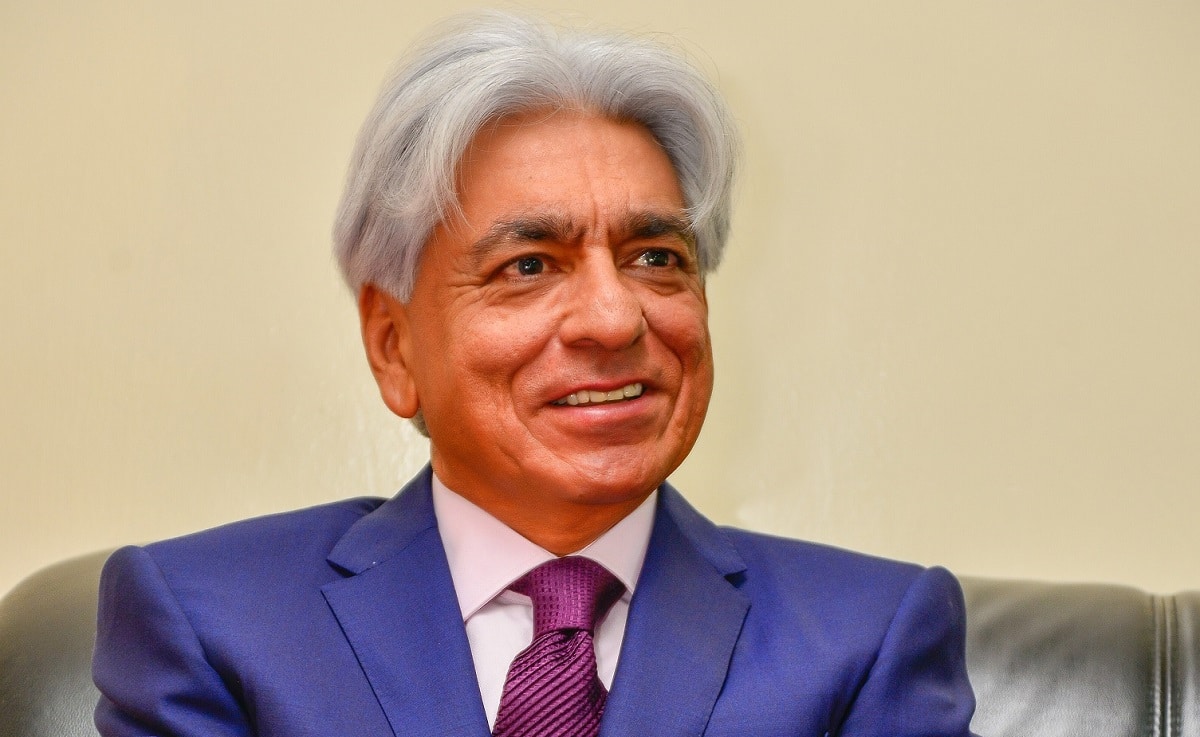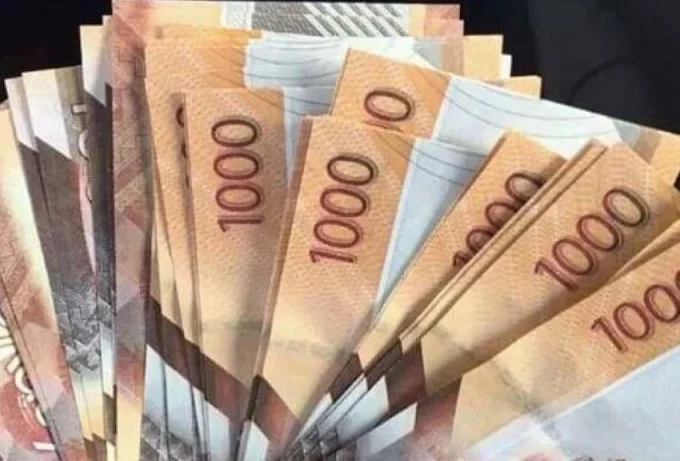Low turn-out was reported in several polling stations across the country, more so in the vote-rich Mt. Kenya region, on Tuesday, August 9.
Voters and analysts concurred that the numbers were considerably lower than the massive turnout in the region that followed the ‘Kumira Kumira’ mobilization of 2017. As of noon, the turn-out was at 30% or 6.5 million votes cast out of 22 million registered voters according to the IEBC.
Turnout stood at 55% at 4pm, two hours before polling stations closed across the country.
Many voters reported significantly lower wait-times at their usual polling stations compared to past elections – although this could partly be explained by the redistribution of streams and polling stations. Nanjala Nyabola, author of Digital Democracy: How The Internet Era is transforming politics in Kenya, is among those who highlighted the low turnout as she cited her own experience.
“Last time when I voted, I was in line for 4 hours. I did two live interviews and read half a book. This time it took about 30 minutes. I vote at one of the largest polling stations in my constituency. I don’t think the IEBC got more efficient. I think voter turnout will be low,” she opined.
She argued that it was down to the lasting effects of the bungled 2017 Presidential election whose results were nullified by the Supreme Court as well as the subsequent repeat election which was boycotted by the opposition.
READ>>Inside SK Macharia’s New RMS Tallying Centre and Election Studios [VIDEO]
“I’ve said elsewhere that September 2017 was the apogee of elections in Kenya and October 2017 was the nadir. Too many people underestimate what it did to the public consciousness to watch such flagrant disregard for the public desire. It will take work to regain confidence,” Nyabola shared.
University of Birmingham Professor of Democracy Nic Cheeseman projected that turnout would be lower than 2013 and 2017 based on his observation of the ongoing polls. He noted that the turnout could be low not just in Mt. Kenya where Ruto enjoys support but also some Raila Odinga strongholds including Kisumu.
“Yes I think it will def be lower than 2013 and 2017, as expected. It may also be much lower than I am seeing in parts of the country that are less densely populated,” he shared.
READ>>Uber is Delivering Free Meals to Police Officers on Election Day

![First Lady Margaret Kenyatta queues as she waits to vote at St Mary's School polling station in Lavington, Dagoretti North Constituency in Nairobi City County. [Photo/ @StateHouse Kenya]](https://businesstoday.co.ke/wp-content/uploads/2022/08/FZtKUd7WIAE1tal.jpg)
![Kenyans have turned out in numbers for the 2022 polls, and will be watching the Independent Electoral and Boundaries Commission (IEBC) keenly as they await the results. [Photo/ Al Jazeera]](https://businesstoday.co.ke/wp-content/uploads/2022/08/ezgif.com-gif-maker-5-150x150.jpg)









Leave a comment